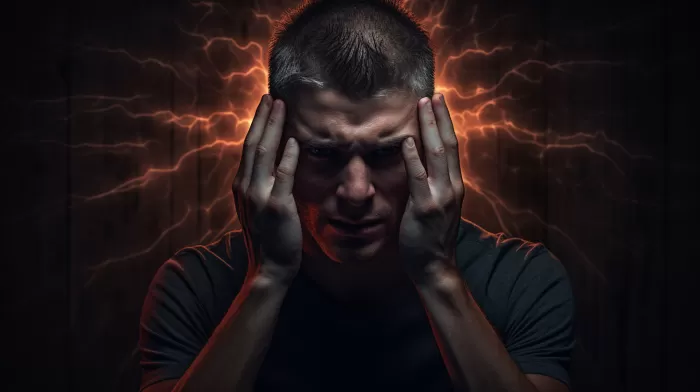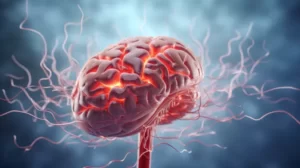Experiencing the pain of a migraine headache can be life altering for those who have to endure the painful condition. Migraines are vascular in nature, meaning they are triggered by changes in the blood vessels in the brain, and are also associated with the trigeminal nerve, which wraps from the base of the skull around the sides of the head to the temple areas. While the precise cause of a migraine is not singular, it can be triggered by numerous factors such as humidity, air pressure, stress, lack of sleep, and diets high in sugar, fat, preservatives, nitrates, and MSG.
The connection between migraines and strokes
Migraines have been associated with heart attacks in the past, but new research is now linking those who suffer from migraines with aura to nearly double the risk of stroke. Loyola Medicine recently released the results of a meta-analysis carried out by Loyola University Medical Center neurologists Michael Star, MD, and José Biller, MD. The study uncovered three significant findings:
- Those who suffer migraine with aura are at nearly double the risk of stroke.
- Migraine sufferers who smoke are at more than triple the risk of stroke.
- Migraine sufferers who both smoke and use birth control are seven times more likely to suffer stroke.
Several possible explanations have been proposed for the migraine-stroke association, such as migraine sufferers being more likely to have risk factors for cardiovascular disease, specific genes predisposing people to suffer both migraines and stroke, medications to treat migraines increasing the risk of stroke, and a phenomenon that occurs during migraine aura called cortical spreading depression might trigger an ischemic stroke.
A new treatment for migraine pain
The Society of Interventional Radiology recently released data on a new treatment method for migraine headaches. Clinicians at Albany Medical Center and the State University of New York Empire State College used a treatment called image-guided, intranasal sphenopalatine ganglion (SPG) blocks. The goal of this new treatment is to provide patients with enough ongoing migraine relief that they require less medication.
This treatment consists of inserting a spaghetti-sized catheter through the nasal passages and administering 4% lidocaine to the sphenopalatine ganglion, a nerve bundle just behind the nose associated with migraines. Patients reported an average pain score of 8.25 before the treatment, and scores were halved to an average of 4.10 after treatment. Furthermore, after treatment, nearly 90% of patients reported needing less or no migraine medication for ongoing relief.
While this new treatment method is not a cure for migraines, it offers promise in relieving chronic migraine pain that can be crippling and life-changing. Once there is a break in the pain cycle, migraine sufferers can stop seeking relief and taxing their bodies with drugs and start the path to prevention. By preventing the trigger from activating, sufferers can not only live a better life, but also significantly reduce their risk for stroke and heart disease.



